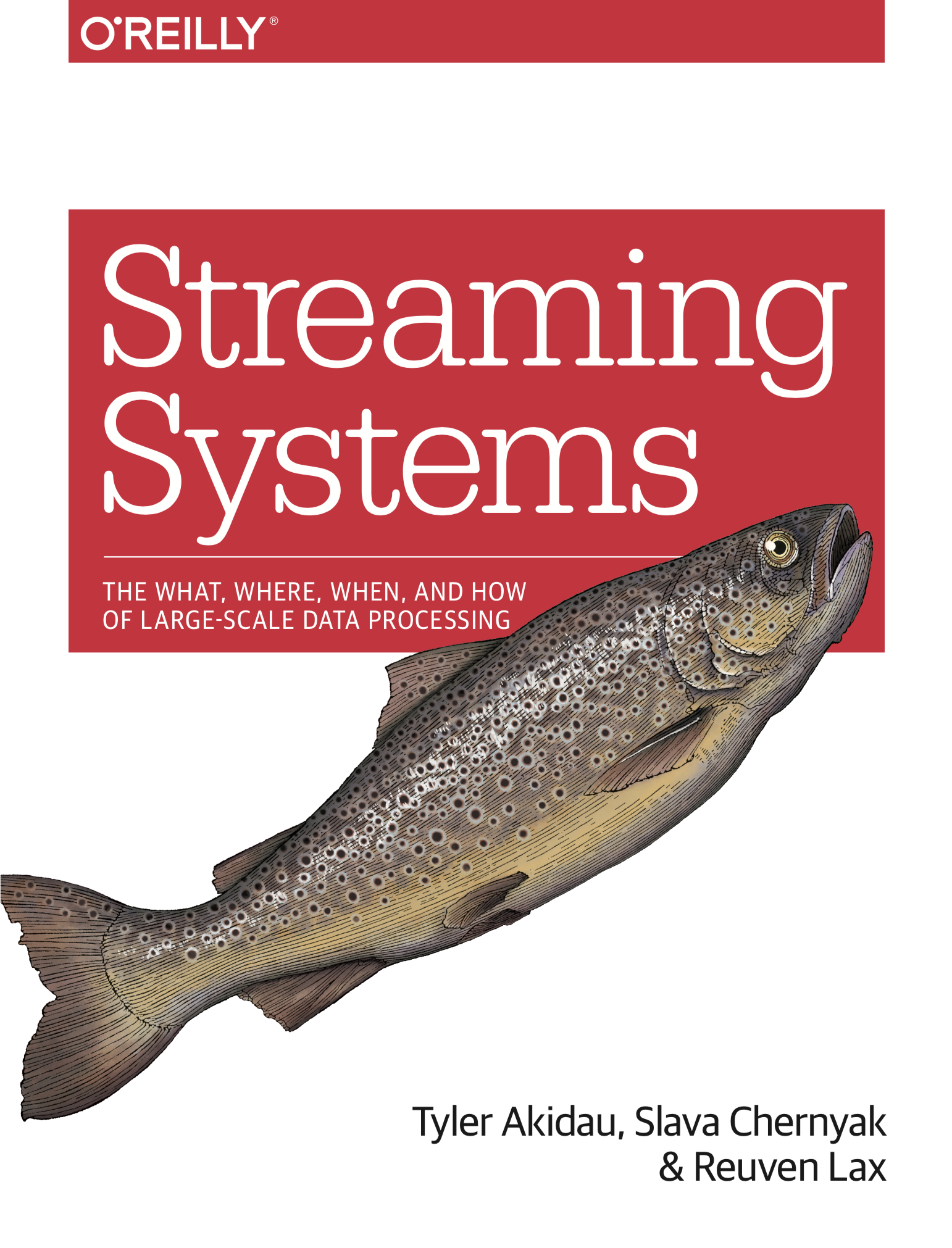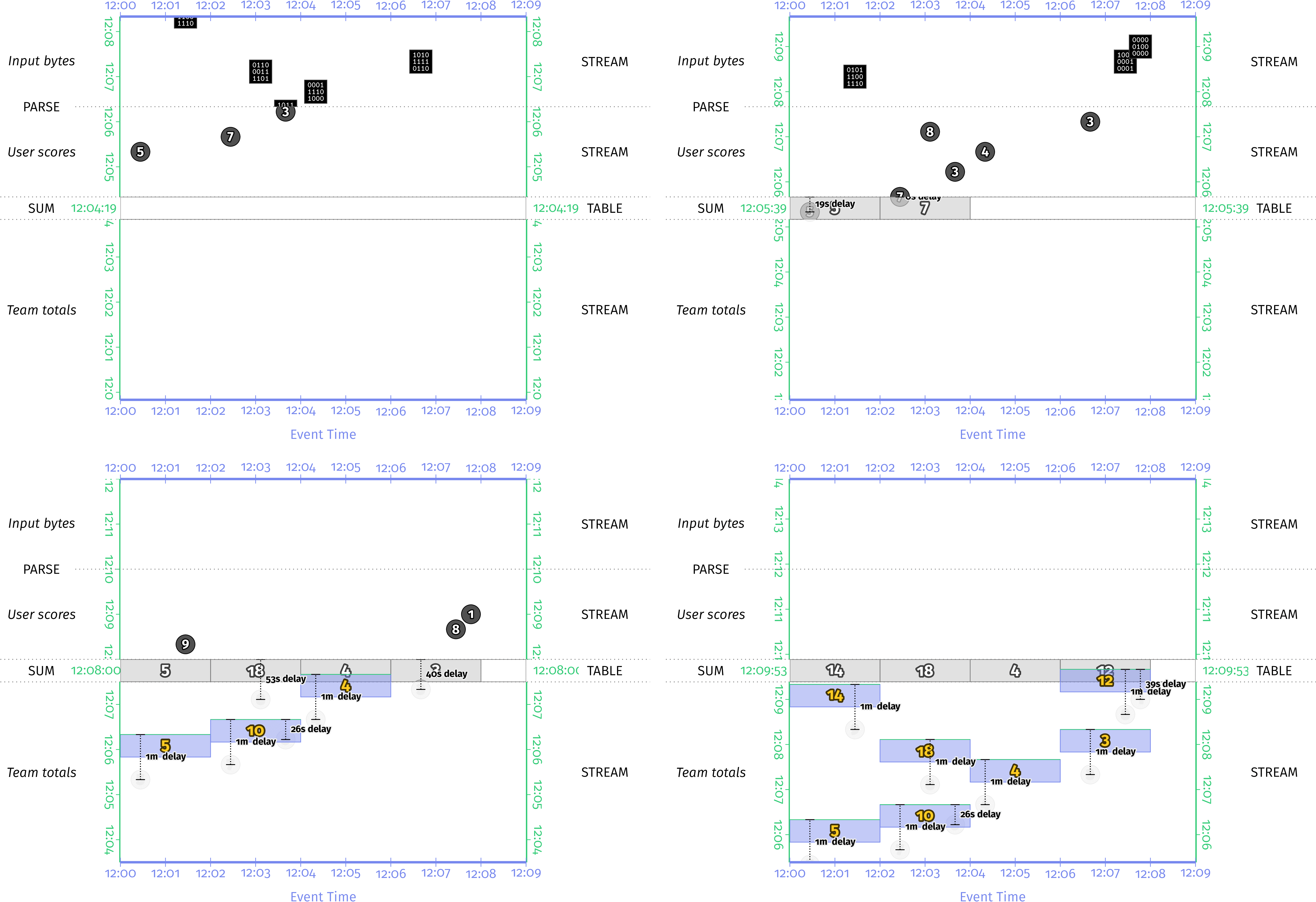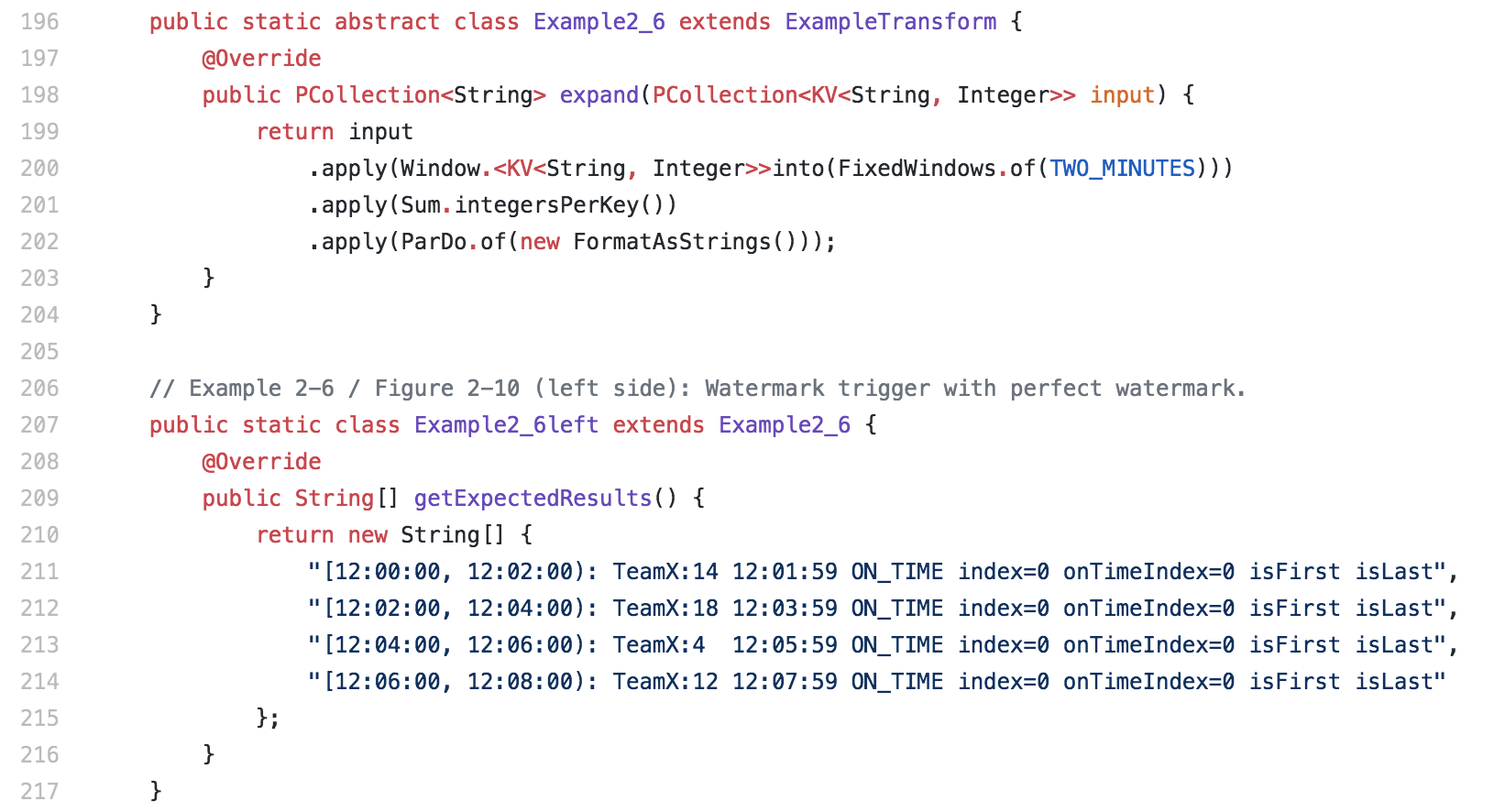

Streaming Systems Book
source link: http://streamingsystems.net/
Go to the source link to view the article. You can view the picture content, updated content and better typesetting reading experience. If the link is broken, please click the button below to view the snapshot at that time.
by Tyler Akidau, Slava Chernyak, and Reuven Lax

Streaming data is a big deal in big data these days. As more and more businesses seek to tame the massive unbounded data sets that pervade our world, streaming systems have finally reached a level of maturity sufficient for mainstream adoption. With this practical guide, data engineers, data scientists, and developers will learn how to work with streaming data in a conceptual and platform-agnostic way.
Expanded from Tyler Akidau’s popular blog posts Streaming 101 and Streaming 102, this book takes you from an introductory level to a nuanced understanding of the what, where, when, and how of processing real-time data streams. You’ll also dive deep into watermarks and exactly-once processing with coauthors Slava Chernyak and Reuven Lax.
“If you care about the correctness of your streaming and batch processing jobs, this book is a must-read. It provides the most clearthinking and logical discussion of the topic that I have seen, and its ideas are brilliantly explained.”
10 chapters of streamy goodness
*Not all formats include all interpretations.
Illustrative animated figures
Many of the concepts presented in the book are accompanied by detailed animated figures that bring the ideas to life. The Safari Books Online version includes the animations inline, while all other versions (PDF, EPUB, print) include a montage of key frames within the animation, plus a link to the animated version on this website. You can also browse the complete list of figures here.

Informative code snippets
Although primarily focused on teaching concepts, the book is accompanied by a suite of simple code snippets illustrating those concepts using Apache Beam. Most of the example pipelines in Streaming Systems have Java implementations as well as corresponding unit tests that highlight the results of executing those pipelines over the sample datasets from the book. Code snippets are all available at github.com/takidau/streamingbook.

Full source code for all of the animated figures in the book is also provided at github.com/takidau/animations.
About the authors
Tyler Akidau
@takidau


@reuvenlax

Tyler Akidau is a senior staff software engineer at Google, where he is the technical lead for the Data Processing Languages & Systems group, responsible for Google's Apache Beam efforts, Google Cloud Dataflow, and internal data processing tools like Google Flume, MapReduce, and MillWheel. His also a founding member of the Apache Beam PMC.
Though deeply passionate and vocal about the capabilities and importance of stream processing, he is also a firm believer in batch and streaming as two sides of the same coin, with the real endgame for data processing systems the seamless merging between the two. He is the author of the 2015 Dataflow Model paper and the Streaming 101 and Streaming 102 articles on the O’Reilly website.
His preferred mode of transportation is by cargo bike, with his two young daughters in tow.
Slava Chernyak is a senior software engineer at Google Seattle. Slava spent more than six years working on Google’s internal massive-scale streaming data processing systems and has since become involved with designing and building Windmill, Google Cloud Dataflow's next-generation streaming backend, from the ground up. Slava is passionate about making massive-scale stream processing available and useful to a broader audience.
When he is not working on streaming systems, Slava is out enjoying the natural beauty of the Pacific Northwest.
Reuven Lax is a senior staff software engineer at Google, Seattle, and has spent the past ten years helping to shape Google's data processing and analysis strategy. For much of that time he has focused on Google's low-latency, streaming data processing efforts, first as a long-time member and lead of the MillWheel team, and more recently founding and leading the team responsible for Windmill, the next-generation stream processing engine powering Google Cloud Dataflow. He is also a Beam PMC member.
He's very excited to bring Google's data processing experience to the world at large and proud to have been a part of publishing both the MillWheel paper in 2013 and the Dataflow Model paper in 2015.
When not at work, Reuven enjoys swing dancing, rock climbing, and exploring new parts of the world.
Copyright © 2018 Tyler Akidau. All rights reserved.
Recommend
About Joyk
Aggregate valuable and interesting links.
Joyk means Joy of geeK